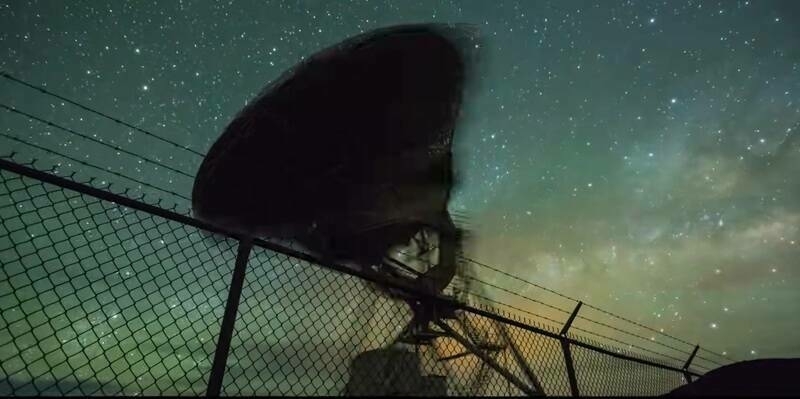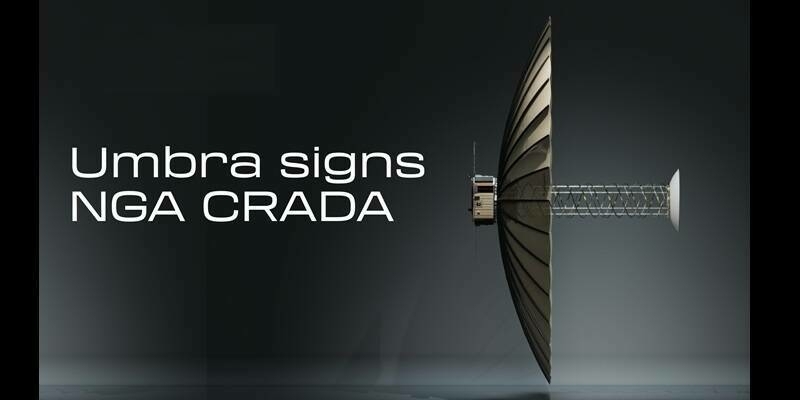The U.S. Geological Survey National Geospatial Program (NGP) has released a new version of the USGS Lidar Base Specification (LBS) that defines deliverables for nationally consistent lidar data acquisitions.
Lidar Base Specification version 2.1 is now available. Some notable changes include:
• Defining the project area as the lidar acquisition project boundary plus a 100-meter buffer
• Applying the specification to the extent of the defined project area
• Updating and clarifying point classification requirements
• Changing the Digital Elevation Model (DEM) delivery format to require GeoTIFF
• Requiring the null value in a DEM to be a value of ‘-999999’
This update of the Lidar Base Specification better aligns the specification with the lidar data workflow in the USGS NGP, streamlines the data publishing workflow, clarifies language, and addresses Federal requirements to use non-proprietary data formats.
The USGS Lidar Base Specification provides a common base specification for all lidar data acquired for the 3D Elevation Program (3DEP) component of The National Map. The goal of the 3DEP is to systematically collect three-dimensional elevation data in the form of high-quality light detection and ranging (lidar) data over the conterminous United States, Hawaii, and the U.S. territories; and interferometric synthetic aperture radar (IfSAR) data for Alaska, where cloud cover and remote terrain limit lidar acquisition.
“3DEP is a national program that acquires data in cooperation with many partners, so we need to ensure that the lidar data is nationally consistent and interoperable between various collections” said Jason Stoker, NGP elevation science and application lead. “The USGS Lidar Base Specification provides the technical details on collection, processing, documentation, and delivery of lidar data, to make the data more useful for a broad range of applications. This latest version incorporates many lessons learned and input from federal, state, and industry collaborators.”
Previous versions of the Lidar Base Specification were released in 2010, 2012, 2014, and 2018. The USGS Lidar Base Specification Version 1.0 was quickly embraced as the foundation for numerous state, county, and international lidar specifications. To better keep pace with the fast-evolving technology of lidar, the USGS NGP changed the review, approval, and publication process.
Subscribe to our newsletter
Stay updated on the latest technology, innovation product arrivals and exciting offers to your inbox.
Newsletter

TD_TDID_INTREX-800x400.jpg)